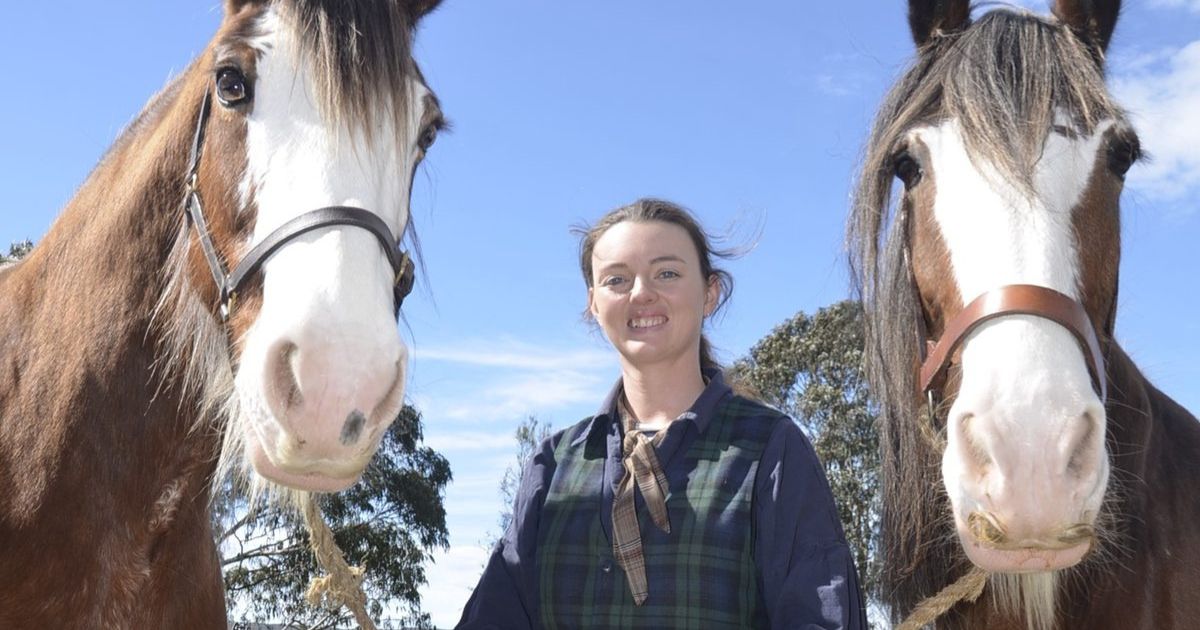Monitors out to protect rakali

Live and let live: Although rakali will approach people, it is recommended that they are not patted or fed. Photo: LISSA RYAN
Monitoring coordinator Lissa Ryan said many volunteers are regularly heading to 12 locations around the lake with the aim of seeing rakali and collecting data.
“We’re getting new people contacting us all the time wanting to participate in the observations independently,” she said.
“We also hold a group watch, and have a core body of people coming back each time. These people are passing on valuable information and educating people about rakali.
“We are really pleased that the message is being taken up by people that they don’t need to be fed.”
Once known as rabe or water-rats, Ms Ryan said rakali activities increase over the next six months, and people in the area of the lake can expect to see them more frequently.
“We’ve got three sites where there are babies out foraging, and they’re so fast,” she said. “They’re tiny compared to the adults.
“Rakali are particularly visible in Fairyland, the swan pond beside Pipers, and opposite the wetlands. They’ll be literally at your feet.”
Ms Ryan expects a full 12 months of rakali sighting statistics will identify where they are most busy, the habitat they like, and roughly help with estimations of the population figure.
“Hopefully, we’ll have much more information about what areas they’re thriving in, and what areas don’t attract them,” she said.
The group has stemmed from the Australian Platypus Conservancy, and director and biologist Geoff Williams said Lake Wendouree is the best place to sight rakali in the country.
The next group observation session will take place on Saturday, 20 May. If you are interested in volunteering, you can express interest by emailing [email protected].


















